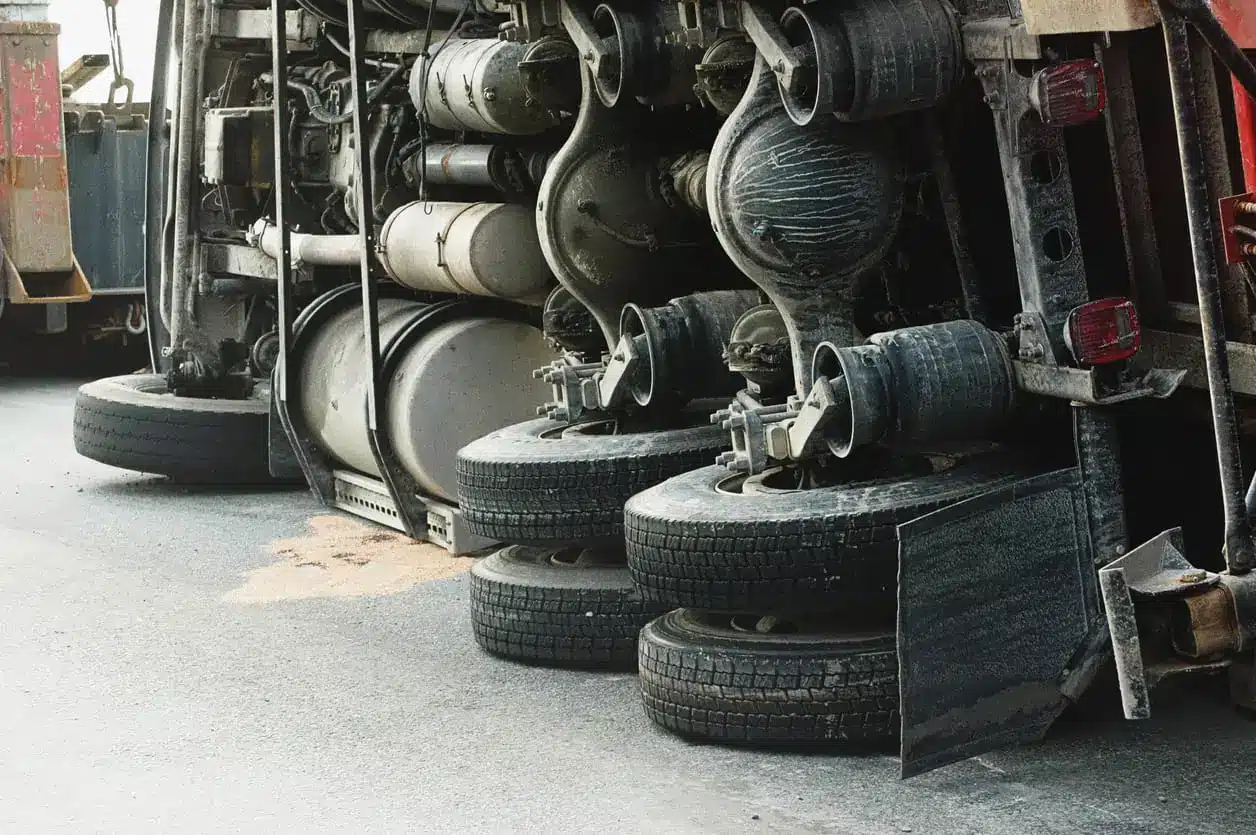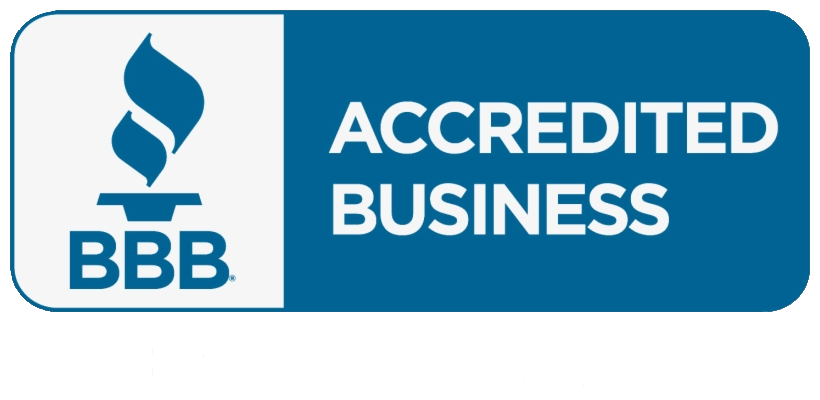New York’s pure comparative negligence law is an important legal policy that significantly affects personal injury cases such as truck accidents. Unlike other states that use modified comparative negligence systems, New York’s pure comparative negligence law offers a unique and beneficial approach to determining liability and distributing damages.
Understanding Pure Comparative Negligence
Someone else might be completely to blame for your truck accident. Or, it’s possible that you also shoulder some responsibility for the incident. Pure comparative negligence calculates the damages awarded based on the degree of fault in an accident. Under this system, even if you are partially accountable for the accident, you can still receive compensation. In a truck accident case, the court or jury will assess the actions and negligence of all parties involved. Each party’s fault is determined as a percentage, and this percentage is used to assign damages.
Determination of Fault in New York Truck Accident Cases
Fault in truck accident cases is calculated based on a careful investigation of the evidence and circumstances surrounding the accident. Several factors can contribute to the assignment of fault, including:
- Trucking Company Responsibility: In some cases, the trucking company can be held partially responsible for the accident if they didn’t maintain the truck, oversee the driver’s training, or had unrealistic schedules that led to driver fatigue.
- Other Driver’s Actions: The behavior of other drivers involved in the accident is also analyzed. If other drivers broke traffic laws or were careless, their percentage of fault will be determined accordingly.
- Road Conditions: Bad road conditions or poor signage can also play a role in determining fault if they contributed to the accident.
- Negligent Truck Operation: The truck driver’s behaviors, such as speeding, distracted driving, or driving under the influence, can lead to a higher percentage of fault on their part.
Comparative Negligence Investigations
Comparative fault investigations for truck accident cases can be conducted by various parties, such as insurance companies, accident reconstruction specialists, private investigators, government agencies, and attorneys. These parties collect evidence to build a complete picture of the accident. This evidence can include:
- Accident Scene Documentation: Photographs, videos, diagrams, and measurements of the scene.
- Witness Statements: Reports from individuals who saw the accident.
- Police Reports: Law enforcement reports detailing the accident’s location, time, and initial findings.
- Medical Records: Documentation of injuries suffered by all involved parties.
- Vehicle Data: Black box information from vehicles involved in the accident, which can provide critical information about speed, braking, and other factors.
Calculating Distribution of Damages

Once fault is established for everyone involved, New York’s pure comparative negligence system allows for the allocation of damages based on each party’s percentage of fault. For example, if your truck accident results in total damages of $1,000,000, and you are found to be 20% at fault, your recoverable damages will be reduced to $800,000 ($1,000,000 – 20% = $800,000).
This approach makes sure that even if you’re partially responsible for your accident, you’re not prevented from seeking the monetary compensation you deserve.
Comparative Negligence as a Defense in Truck Accidents
When you bring a legal case against someone else for your truck accident, they can use comparative negligence as a defense strategy to limit their liability. They may claim that your actions contributed to the accident and should result in less compensation. This can lead to complicated legal battles since both parties can present evidence to support their claims regarding the percentage of fault. You will need a skilled attorney with a proven track record to present a convincing case on your behalf.
The Jury’s Role in Determining Fault
The role of the jury in comparative negligence cases highlights the importance of effective legal representation. The jury will be asked to evaluate the evidence and arguments presented by both sides, and your truck accident attorney needs to present powerful arguments to influence the jury’s assessment of fault.
The jury’s decision will influence the final outcome of the case, since their decision will determine the percentages of fault for each party. This in turn affects the size of the monetary award you and the other parties will receive.
New York’s pure comparative negligence legal system is effective, but complex. If you’re involved in an accident, it’s advisable to consult with an experienced truck accident lawyer. You will need your attorney’s legal guidance to help you steer through the intricacies of the state’s laws.




